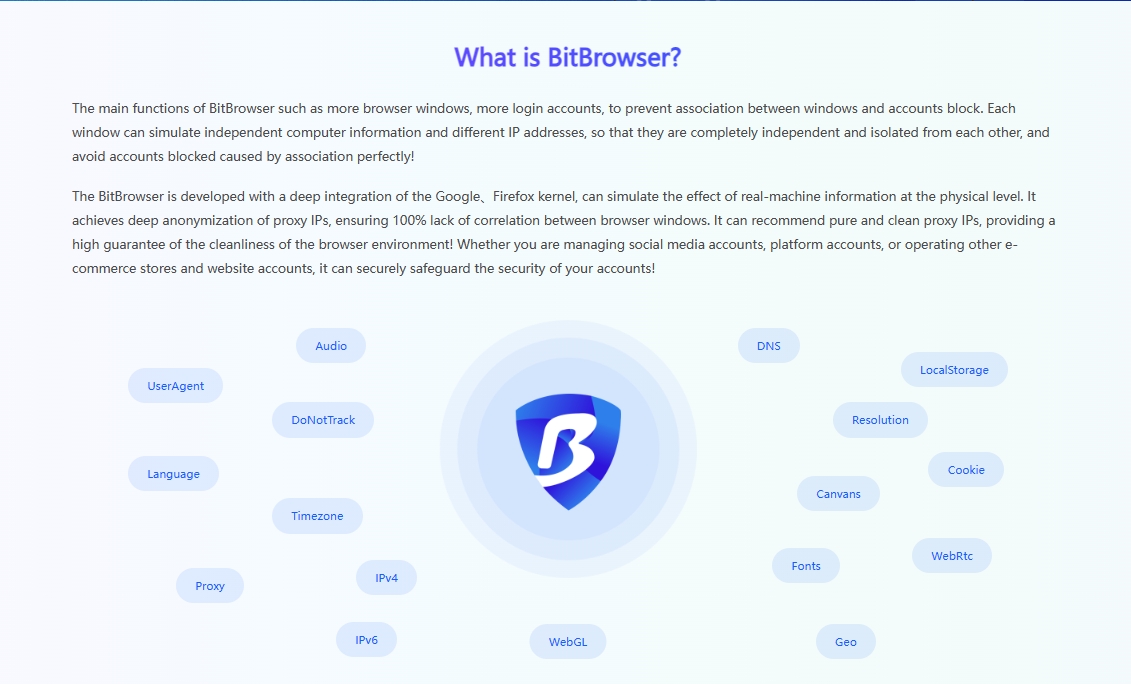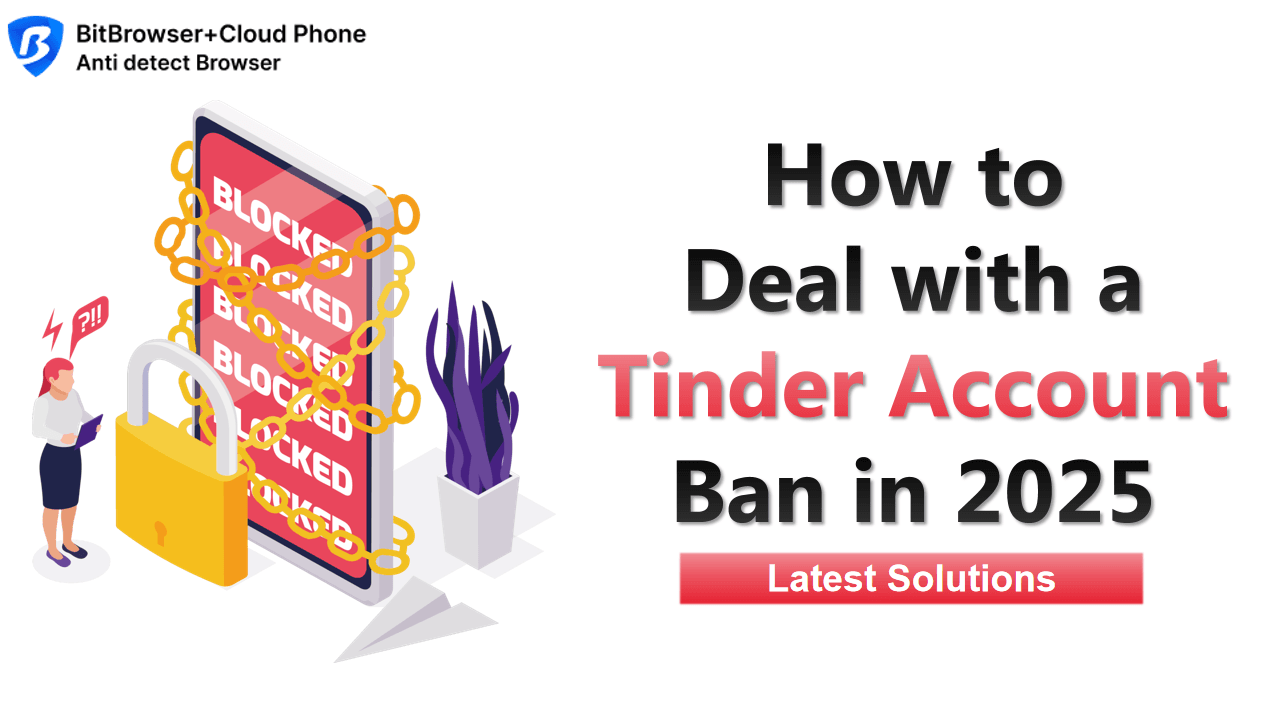
Hot Picks
How to run Facebook ads in 2025? Ideas

Hot Picks
How to promote on Amazon? Sharing various promotion methods

Hot Picks
Choose BitBrowser for fingerprint browsers, and look for the only official website: bitbrowser.cn
What is user behavior, is it good or bad for marketers, and how should we deal with it?
Time: 2024-05-07 17:46 Click:
In today's digital era, each network platform is like a giant data treasure house, continuously collecting all kinds of user information, ranging from daily likes and published content to detailed personal information, device characteristics, etc. This information is not only used to outline the user's image, but also transformed into "behavior maps" that clearly present every action of the user in the online world. These "behavioral graphs" are not only the foundation of digital marketing and online advertising, but also build a grand "social network structure graph", allowing us to glimpse a comprehensive mapping of each person and their relationships. However, this kind of meticulous data collection and processing is both an opportunity and an unprecedented challenge.
Advantages of user behavior data:

When we discuss user behavior data, the first thing that comes to mind may be its powerful effectiveness as a marketing tool. Through in-depth analysis of this data, advertisers can accurately understand users' preferences, needs and habits, and then design more targeted and personalized marketing plans.
For example, various online platforms can use user behavior data to customize advertising content to ensure that advertising information can accurately reach the target audience. This not only improves the effectiveness of advertising, but also improves user experience. In addition, by analyzing users' interaction with websites and advertisements, advertisers can also optimize conversion paths and increase conversion rates.
The downside of user behavior data:

However, while we are indulging in the many benefits brought by user behavior data, we cannot ignore its potential threats. Once this data is improperly used or leaked, it may cause serious privacy violations and security risks to users.
What’s even more serious is that as the algorithm deeply understands and predicts user behavior patterns, any behavior that deviates from the “normal” may be regarded as abnormal or suspicious. This “surveillance” algorithm makes it increasingly difficult to create new profiles and advertising accounts. In order to avoid being recognized as abnormal behavior by the algorithm, many users have to take a series of complex actions, such as avoiding automation, simulating daily user behavior, etc.
preventive solution:

When using user behavior data, we need to act prudently, not only giving full play to its positive role, but also being alert to its potential risks. Here are some suggestions:
Legal use of data: When collecting and using user data, relevant laws, regulations and platform regulations must be followed to ensure the legality and security of the data.
Respect user privacy: When using user behavior data for marketing and promotion, we must respect the user's right to privacy and choice, and avoid unnecessary interference and infringement to the user.
Optimize marketing plan: Through in-depth analysis of user behavior data, we continuously optimize marketing strategies and advertising content to improve advertising effectiveness and user experience.
Risk prevention: Strengthen data security management to prevent data leakage and abuse; at the same time, establish a sound risk response mechanism to promptly discover and deal with potential security risks.
Use anti-detection browsers: Anti-detection browsers such as BitBrowser can create an independent browser environment information for each account. With an independent IP, a completely independent identity information can be created on the network platform. In the eyes, this is a completely independent individual, which can not only avoid tracking by others, but also use different identity information to verify the push mechanisms of different platforms.

All in all, user behavior data is an important resource in the digital age, but how to rationally utilize and prevent its potential risks is a problem we need to think about and solve. Only under the premise of complying with regulations, respecting privacy and preventing risks, can we fully leverage the value of user behavior data and create a better experience for users. Using BitBrowser to create multiple identity information allows us to more conveniently utilize users The advantages brought by behavioral data can be better applied in social media marketing activities.
Summarize:
The collection of user data by various online platforms has advantages and disadvantages for marketers. For marketers, user data can better push advertisements to precise customers, make marketing effects more accurate, and better complete conversions. But at the same time, user data will also affect marketers' use of multiple strategies for operations. Using BitBrowser for multi-account operations can minimize the negative impact of the platform's statistical user data and use the platform's user data to generate revenue.

 Multi-Account Management
Multi-Account Management Prevent Account Association
Prevent Account Association Multi-Employee Management
Multi-Employee Management



